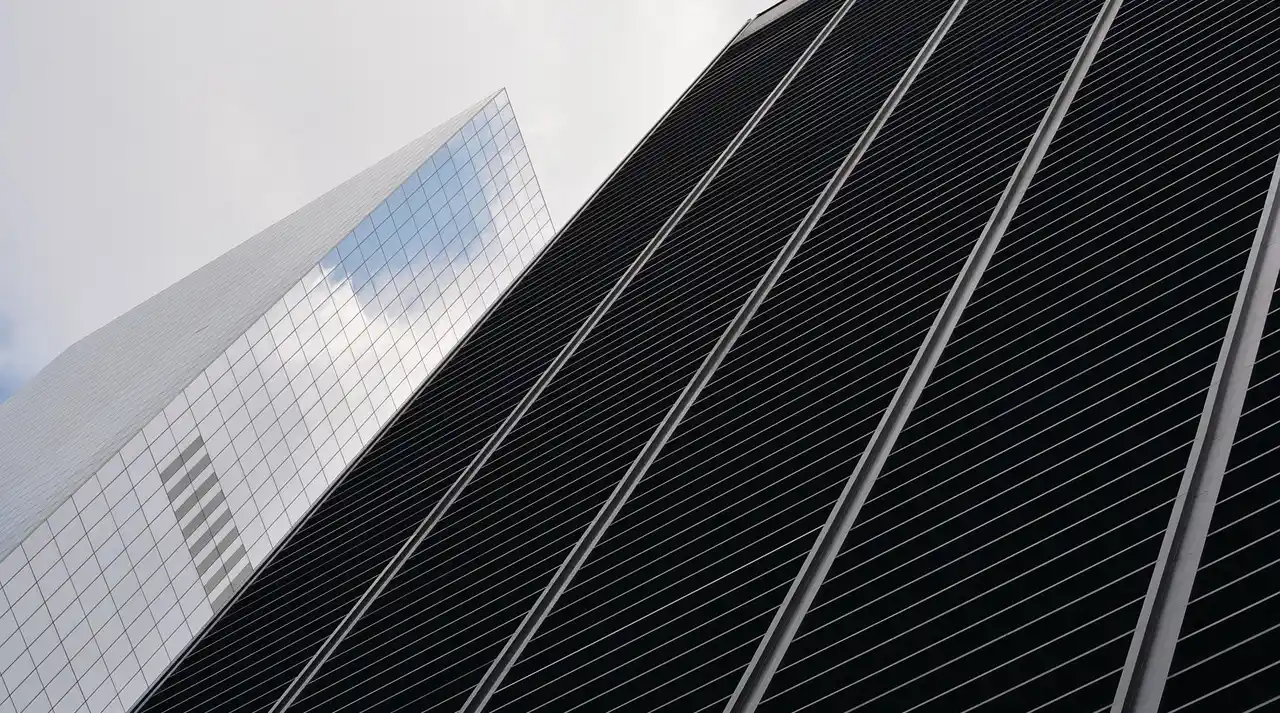Higher than expected inflation figures have economists scrambling to adjust their forecasts of the next Reserve Bank interest rate rise.
The Consumer Price Index, which measures inflation, rose by 1.3 per cent in December, up from 0.8 per cent in the previous quarter.
The RBA meets next week and will no doubt be discussing the likelihood of a rate rise for later this year off the back of the new figures.
An interest rate rise has been consistently ruled out by the RBA until 2023 at least but that might now have to change.
Driven by surging housing construction costs and higher petrol prices, the price of everyday goods rose by 3.5 per cent in 2021.
Westpac chief economist Bill Evans told Nine News he expects the RBA to lift the official
cash rate by 15 basis points in August and again by a further 25 basis points in October.
Mr Evans says he sees interest rates being as high as 1.75 per cent by early 2024.
“We have not changed our call for the first hike in the overnight cash rate by the RBA since June 2021 when we were early to challenge the ‘not ’til 2024′ consensus,” he said.
“Our ‘target’ then was a first hike at the February Board meeting in 2023.
“Developments since then have now prompted us to bring forward that tightening date to the meeting on August 2, 2022.”
The RBA has long held the view they don’t need to move on interest rates until underlying inflation rises sustainably and Westpac says that’s going to happen faster than expectations.
“There is also the likelihood that, over the long run, interest rates in Australia and the US are unlikely to settle too far out of alignment,” Mr Evans said.
“For these reasons, we have lifted the terminal rate to 1.75 per cent from the 1.25 per cent we estimated back in June.
“The exact profile for rate rises would be 40 basis points in 2022; 100 basis points in 2023; with one final move of 25 basis points in early 2024.”
The Westpac chief economist did warn that his forecasts come with one caveat – they are subject to change at any time in the current COVID world of new variants and challenges.
“One important risk to this rate and growth view is a further rise in COVID infections and hospitalisations near term or further out as the effectiveness of boosters and post-infection immunity wears off – the latter likely to be around mid-2022 when winter will be upon us and the virus tends to spread more freely (although evidence from the severe northern winters is not entirely relevant for Australia’s mild winters),” said Mr Evans.
“The line the RBA used around the Delta lockdowns was that it would ‘delay but not derail’ the recovery.
“That may mean that our timing for the first move turns out to be too early but the cycle would not be abandoned.”
If these rate rise predictions eventuate it means another $100 a month for the average variable rate borrower with $500,000 owing on a mortgage.
RateCity.com.au research director Sally Tindall told Nine News borrowers need to prepare for more expensive mortgages in the next few years.
“While the exact timing of the next cash rate hike is still not certain, borrowers need to know that rates are on the rise – it’s just a matter of when,” she said.
“Recent APRA data shows the average borrower is currently 45 months ahead on their repayments, however, that doesn’t mean every borrower will be able to take these rate hikes in their stride.
“One way you can prepare for future hikes is to get ahead on your repayments now while rates are still low. The lower your loan size when rates do rise, the less pain you’ll feel.”



